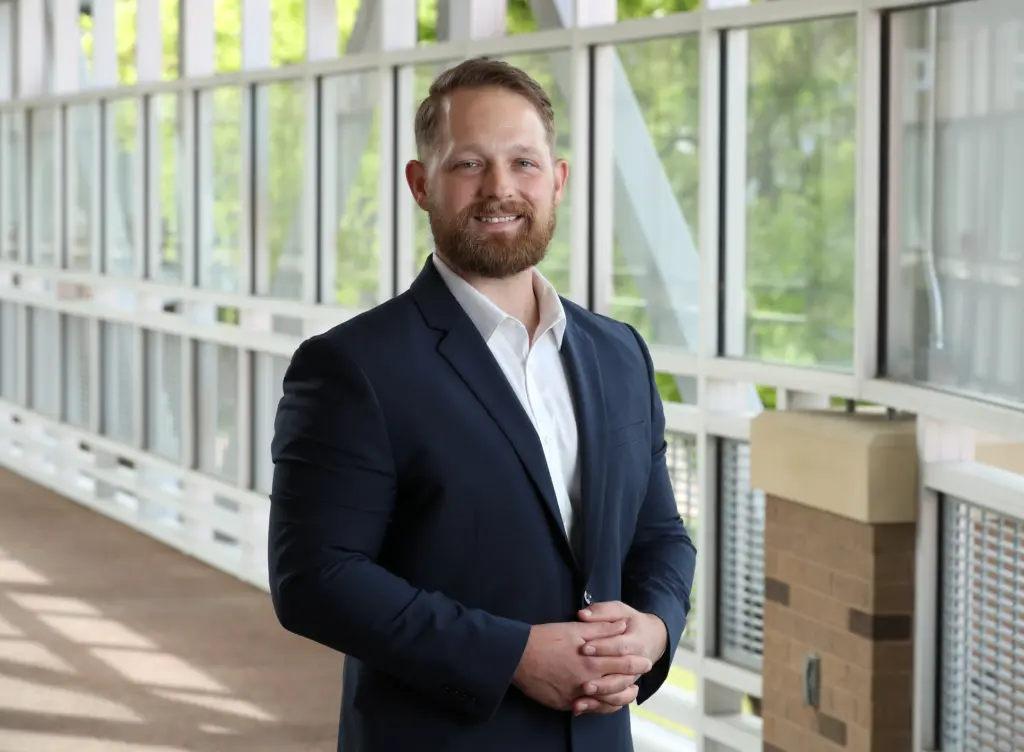
Craig Werner, Ph.D., senior director of neuroscience at the National Center for Wellness and Recovery (NCWR), is on a mission to learn more about the brain and substance use disorders. In this interview, we dive into part of his journey, his passion for neuroscience and the exciting projects he leads at the center.
A Curious Beginning
Werner’s journey into neuroscience started during his undergraduate years, majoring in psychology. Werner explained that there were several options for him on this road, “One was the traditional clinical psychology route. And another option was to go into neuroscience because, of course, all of the behaviors that you study in psychology are controlled by the brain.” His fascination with the intricacies of the brain set him on the path to neuroscience research.
After earning his Ph.D. at Rosalind Franklin University in North Chicago, Werner embarked on postdoctoral positions in Buffalo, New York and at the National Institutes of Health (NIH) before eventually finding his place at Oklahoma State University (OSU).
The Perfect Fit at NCWR
Werner’s passion for understanding substance use disorder (SUD) neuroscience started long before he joined the center. As an undergraduate, he wrote his senior thesis on theories to dissociate drug memories from the drug cravings that can lead to relapse. With the NCWR’s mission to treat SUD and develop innovative treatments, it was a natural fit for him.
Cutting-Edge Research: Vaping and Fentanyl
The landscape of substance use is continually evolving, with technology playing a pivotal role in how people use drugs. Werner and his team recognized the need to bridge the gap between laboratory-based research and real-world drug use. Their innovative approach involves studying preclinical models of SUD, including vaping drugs. He explained, “Vaping has become so popular, and we felt that bringing vapor delivery of drugs into our preclinical models was a great opportunity to bridge the translational gap between our models in the lab and the study of the disorder and what people are using out in the real world.”
One of their standout projects centers on studying the effects of opioids on the brain using a fentanyl vapor self-administration model.
Seeking Better Solutions
Werner’s ultimate goal is to understand how drugs of abuse alter the brain and to use these discoveries to develop better treatments to reduce relapse and to treat pain. Their focus is on non-habit-forming options to combat SUD and treat pain, providing hope for individuals and families.
The Personal Connection
For Werner, substance use disorders hit close to home. Growing up in Wisconsin, he witnessed the effects of alcohol abuse on the community, “You take those experiences into this kind of field because you know, personally, that there is work to be done that can really help people.” It’s that personal connection that further fuels his dedication, “It’s not just stories that you’re reading or headlines, it’s something that each of us has some connection to. And I’m really hopeful that we can help a lot of people.”
The Road to Research Success
Research isn’t a sprint; it’s a marathon. Werner explains the process, from designing and characterizing compounds to testing them in models, all with the hope of reaching clinical trials. He said it may not yield immediate results but it’s all about persistence, keeping hope and continuing to build on new discoveries.
Building Hope for the Future
Werner is excited about the future and the NCWR and is determined to help make a difference in the world of SUDs.